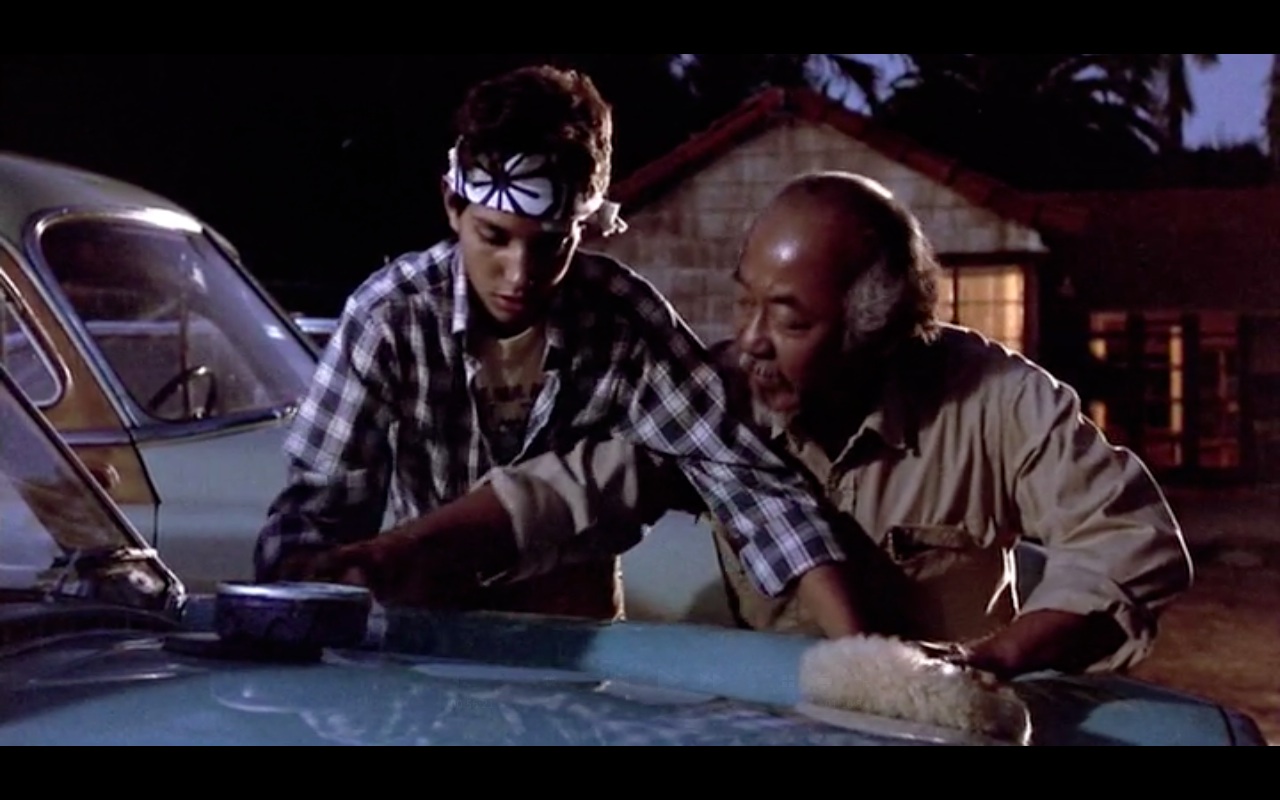My family used to go on long vacations when I was a kid. One summer we found ourselves in a little town out West watching some kind of small time rodeo/outdoor fair. We ate lunch watching a country band.
Culturally, we weren’t normally into that kind of thing and I remember asking my mom what the deal was. Her response: “They’re live and good at what they do. That’s always interesting to see.”
That about sums up what’s great about this movie. Jiro is good at what he does, maybe the best in the world. His restaurant is a case study in narrow but deep achievement. Only Sushi? No bathroom? 10 seats? Underground strip mall? Three Michelin Stars.
The secret is a workaholic monomania. Sushi is raw fish, rice and wasabi. Simple enough. You’ll be surprised, perhaps, to learn that Jiro’s apprentices progress on a geologic time scale: months of squeezing towels to start, 10 years before you’re allowed to cook the eggs.
Tyler Cowen sees some kind of employer cartel among Sushi Chefs: extorting labour from skilled apprentices for years with the promise of trade secrets at the end.
I prefer the explanation given in the opening sequence. There are no secrets, says Jiro’s son and heir Yoshikazu, being a great sushi chef simply requires enough tolerance for mind-numbing routine to never, ever lose focus. Squeezing towels? The apprentices might as well just train by staring contest.
Deep skills can be learned through vaguely related, trivial tasks, as we know:

Jiro isn’t rushed. Like all masters of craft, he has been doing it forever (75 years) and feels he’s learning all the time. He’s released many apprentices to open their own restaurants, even his younger son (there’s only room for one dauphin). Anyway, the greatest masters never stop being apprentices, Jiro included. That lesson, too, takes time to learn.
The length of this apprenticeship stands in meta irony to the production of the film itself. The director, David Gelb, is only 28. I’m no cinophile so this comment sits a bit awkwardly in my mind, but I really enjoyed the camerawork in the film. The NYT reminds me of a particularly delightful scene, and it seems our young gun got some help:
Toward the end of the documentary, which comes out in New York on March 9, there is a spellbinding “concerto of sushi” in which nearly every item on the omakase menu at Sukiyabashi Jiro, Mr. Ono’s sliver of a restaurant, is captured in a loving close-up while Mozart soars on the soundtrack.
It looks simple enough — point a camera at the fish and start rolling — but it wasn’t.
Mr. Ono’s standards are so obsessively high that he wanted to shoot each handmade masterwork at “the supreme moment of deliciousness,” Mr. Gelb said, which happened to be the precise instant of its creation.
“It was important to Jiro that the sushi looked the way it was supposed to,” Mr. Gelb said.
This went beyond the fresh glistening hue of the fish. In the chef’s eyes, the scene had to incorporate even the gentle settling and merging of the fish and rice and sauce as each piece was placed onto a plate.
Take too long, Mr. Gelb said, and “we would’ve lost the soft landing, because it had already landed.”
The film touches on some of those lessons that are simple but hold enduring appeal. #1: the greatest are incalculably greater at their craft than the rest.
#2: But they don’t get that way by magic. There is not a single shot of Jiro’s home or life outside of the restaurant. And that is probably because, not being sushi, they don’t matter much to him.